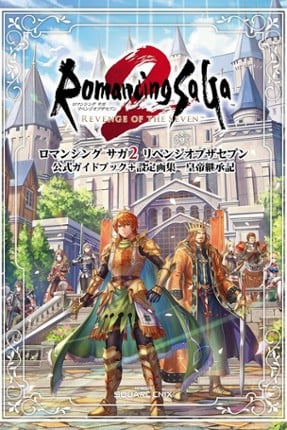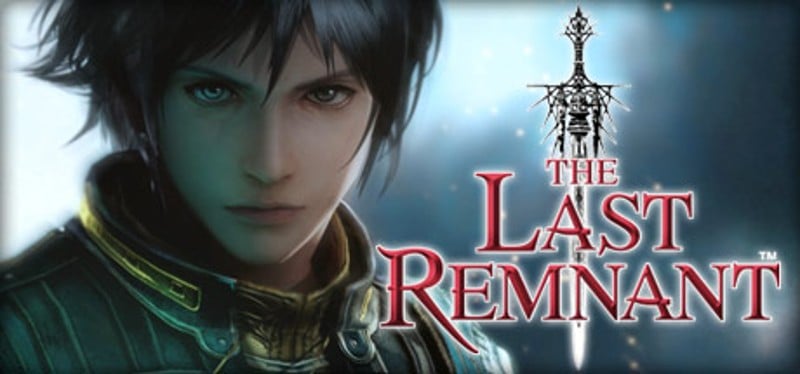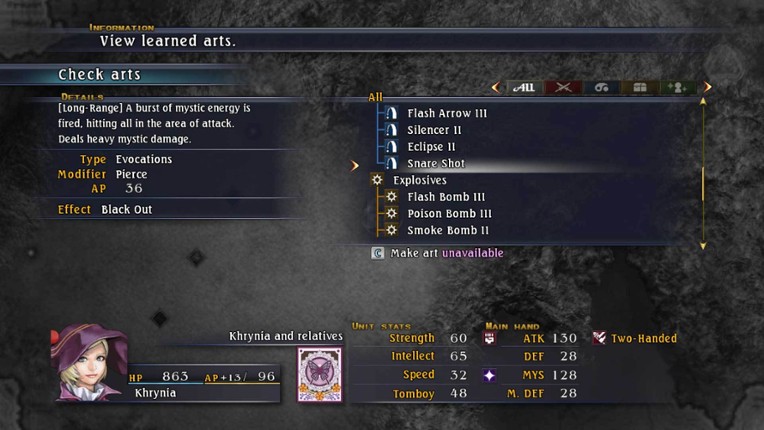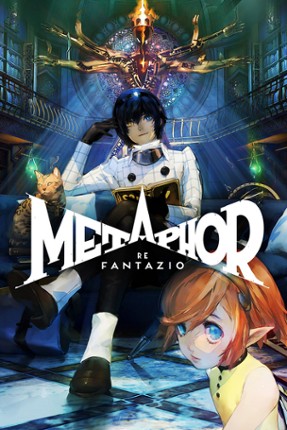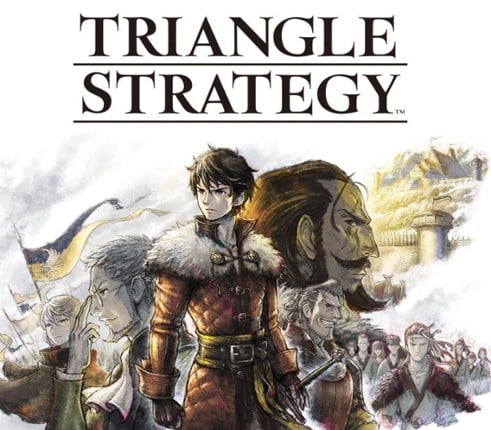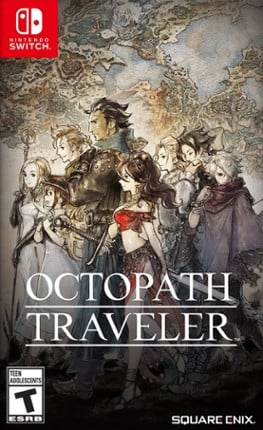- April 25, 2024
- Square Enix
- 100h median play time
SaGa Emerald Beyond
Final Fantasy's weird, younger sibling is weirder and wilder than ever.
Platforms
About
"SaGa Emerald Beyond" is a single-player Fantasy Turn Based Strategy game, offering around 100 hours of playtime. It features a highly strategic command battle system and a diverse cast of races, including monsters, mechs, and vampires. Players can travel to 17 unique worlds, each with their own cultures and landscapes, creating their own unique story through choices and actions. The demo allows players to transfer save data to the full version of the game.
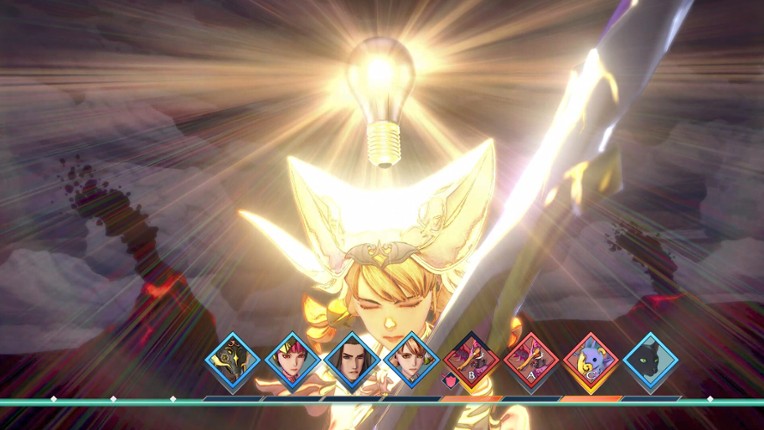
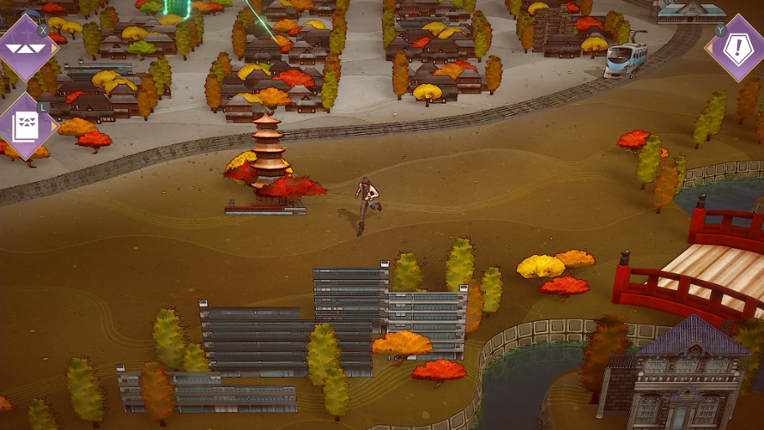
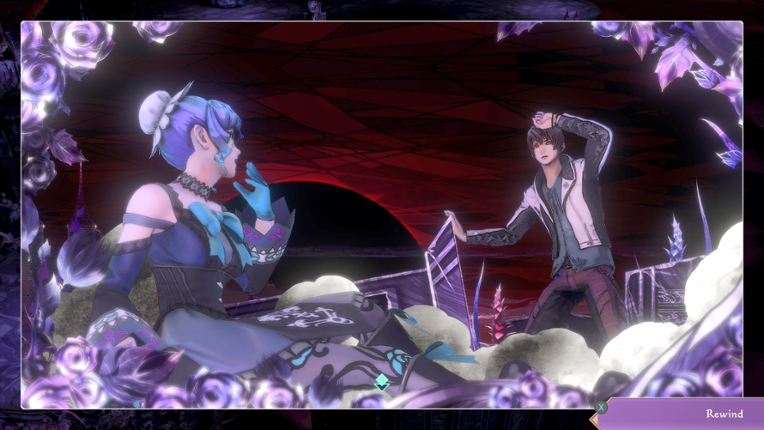
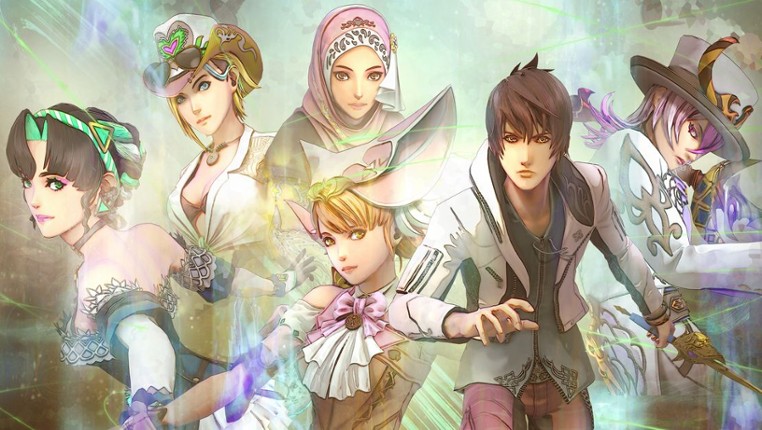
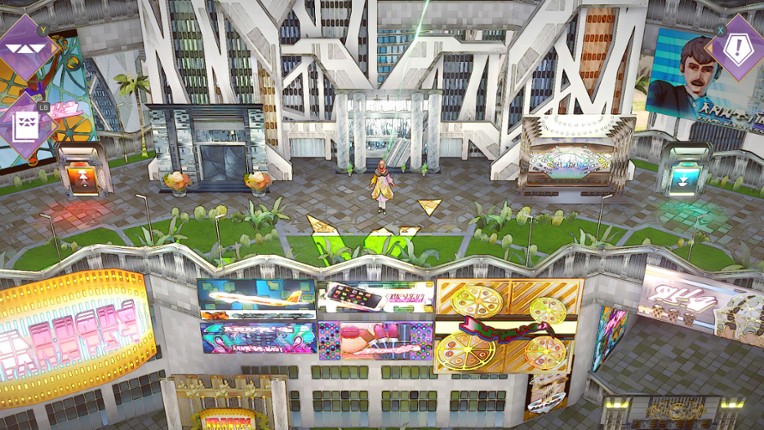
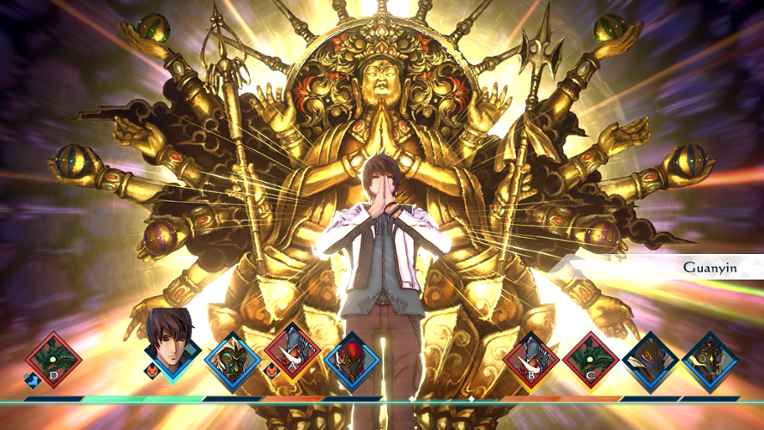
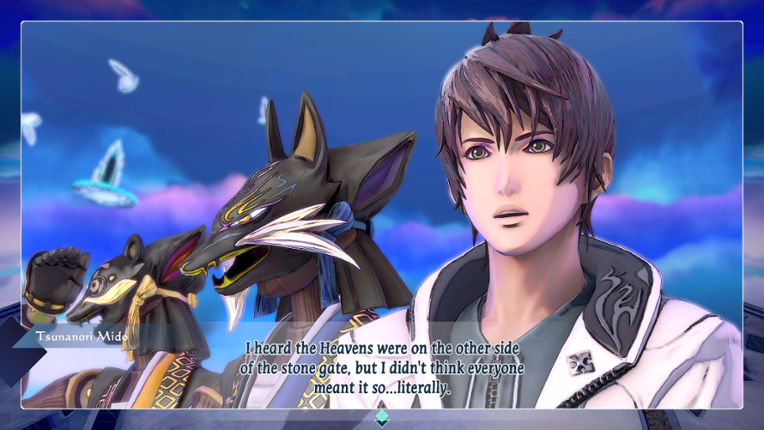
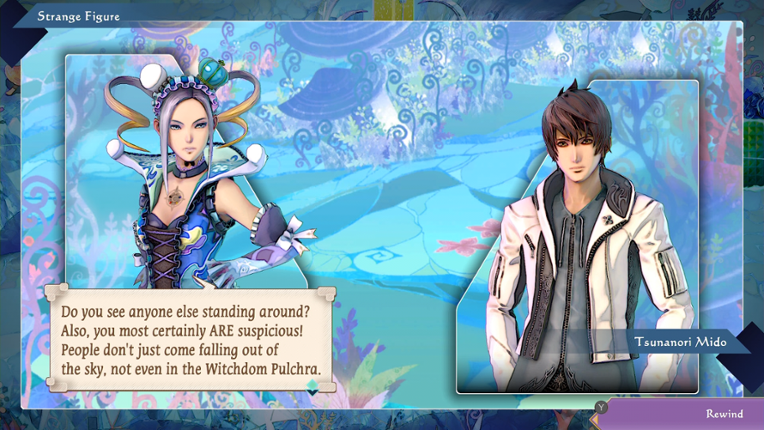
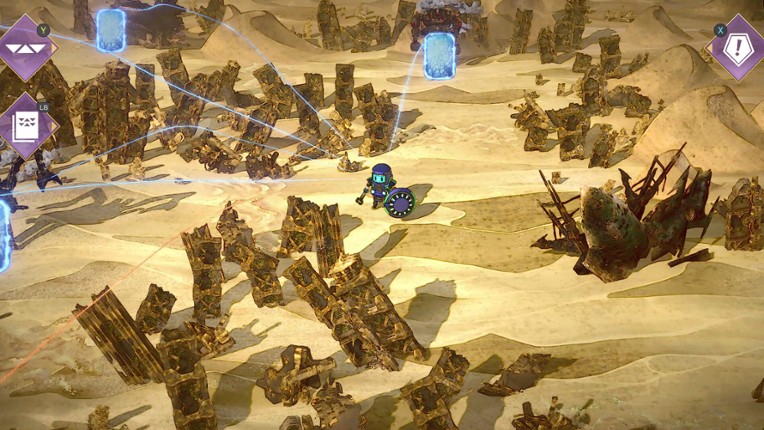
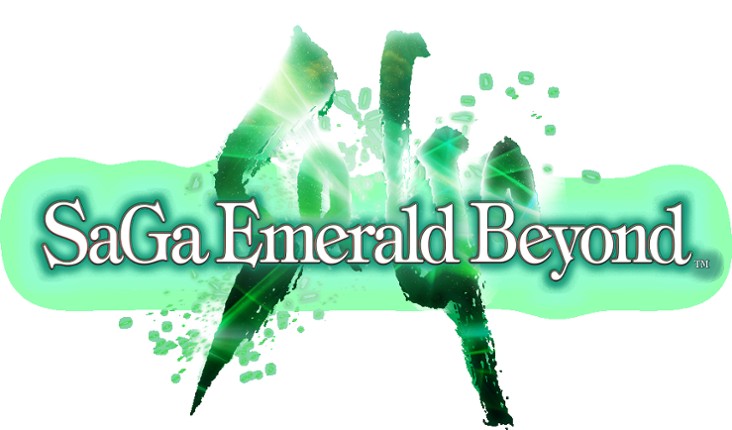

- The combat system is highly strategic and engaging, often considered one of the best in the RPG genre.
- The game features a diverse cast of protagonists, each with unique storylines and mechanics, enhancing replayability.
- The music and sound design are excellent, contributing to an immersive experience.
- The story is often weak and lacks depth, with many players feeling disconnected from the characters and plot.
- The game suffers from a low-budget presentation, with outdated graphics and a cumbersome UI that can detract from the experience.
- Exploration is limited, with many worlds feeling linear and repetitive, leading to a lack of meaningful engagement.
- story232 mentions Positive Neutral Negative
The story in "Saga Emerald Beyond" is characterized by its non-linear structure and the ability to choose from six protagonists, each with unique narratives that enhance replayability. However, many players find the overall storytelling weak and minimal, often feeling disjointed and lacking depth, with pacing issues and a reliance on text-based dialogue rather than cinematic cutscenes. While some appreciate the quirky and varied storylines that emerge through multiple playthroughs, others criticize the lack of backstory and engaging character development, leading to a mixed reception regarding its narrative quality.
“I love the storytelling of this game; it is fairly unique and really easy to do multiple playthroughs and see new things.”
“Saga Emerald Beyond offers players the choice of six protagonists, each with a unique storyline, set across multiple worlds.”
“The plot and world change in fascinating ways, and each protagonist interacts with NG+ in their own interesting and unique ways.”
“The story was extremely weak; there was no back story, you didn't know why you were heading out on your quest, you just do.”
“The story is negligible, the crafting system is clunky and overly reliant on RNG to get materials for, and let's not even talk about the environment design or the art.”
“The visuals aren't stellar, there's no real exploration, and the story is extremely non-linear.”
The strangest journey in JRPGs is far from over
Final Fantasy's weird, younger sibling is weirder and wilder than ever.
90%SaGa: Emerald Beyond (Nintendo Switch) Review
SaGa: Emerald Beyond is a strong entry in Square Enix’s most bizarre franchise. It may not be the best introduction to the series, but it’s filled with wacky characters, fascinating stories, and an incredible combat system.
70%SaGa Emerald Beyond
There really isn’t anything else like a SaGa game, and you will get your SaGa fix with SaGa Emerald Beyond.
81%
